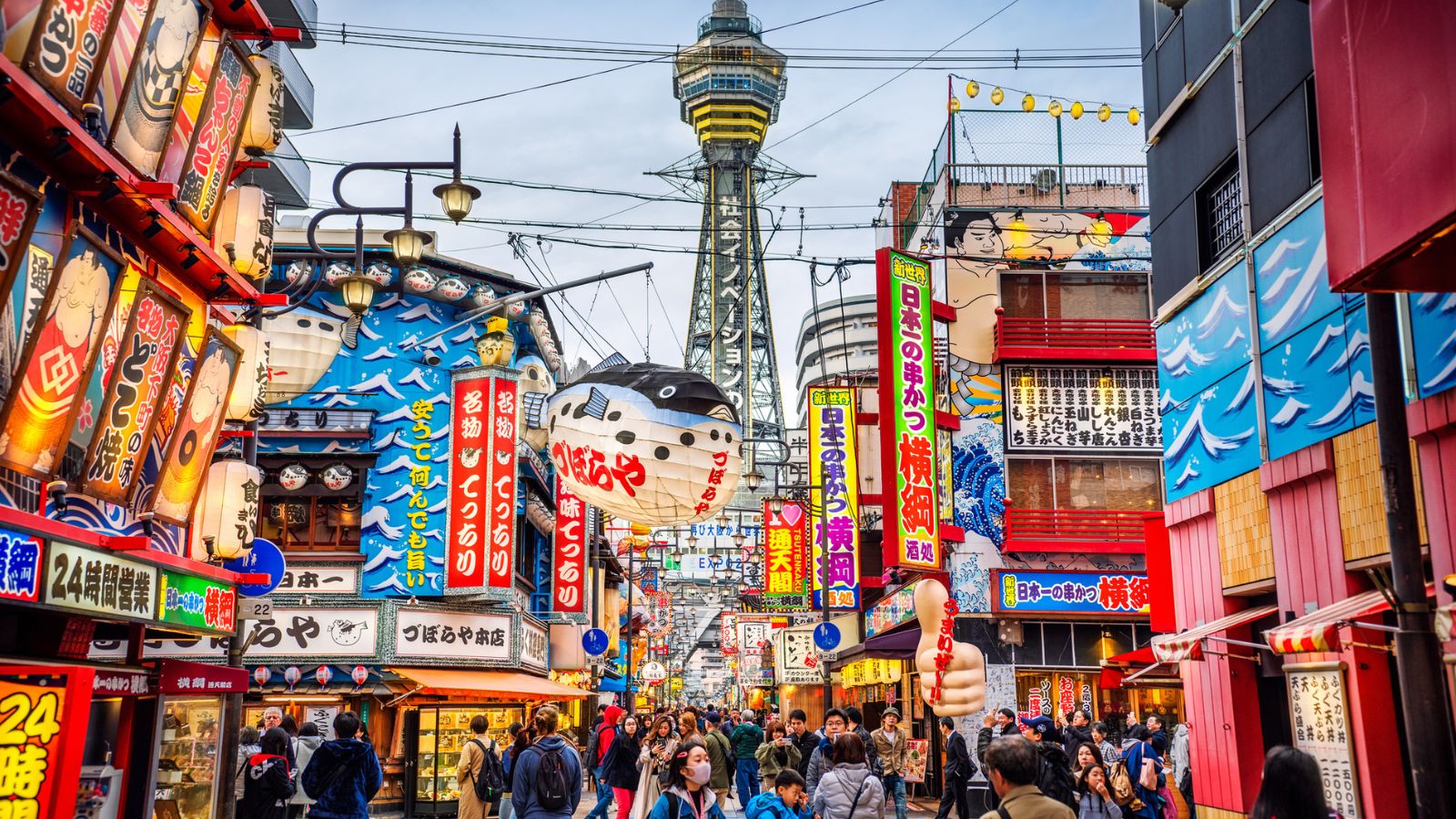Engaging in business in Japan presents both opportunities and challenges, as each solved obstacle enhances the potential for business expansion. To navigate the complexities of the Japanese market, we invited an expert in translation and LQA, Akagi Kobayashi, to share her key strategies for successful localization in Japan.
The importance of “Beautiful Japanese”
For Akagi, translation transcends mere information conversion. A thorough translation also encompasses cultural comprehension and establishes a connection. “This concept stemmed from discussions with a former manager regarding our translation frustrations,” Akagi explains. “We noticed that many translations, especially in technical fields, lacked finesse. They seemed literal, failing to convey the intended message. Occasionally, they were even grammatically incorrect.
The consequences of such a poor manner of translation are not surprising. “The clients may be disappointed. They’re sensitive. They expect a translation that resembles a text originally written in Japanese. So this phrase ‘beautiful Japanese’ sets the ideal to have a translation that is shaped in a way that it feels like genuine Japanese.”
Different Customer Group, Different Expectations
Akagi underlines that the translation quality measurements should always take into consideration the intended audience. “So for example”, she says, “in the gaming industry with a majority of younger customers, there is a demand for an American approach, where you can throw a lot of things at them and they’ll come with you.”
The aspect of demography influences translation in manners that are unmistakably noticeable to a native Japanese consumer. “The Japanese game users are casual, colloquial, and naturally, there’s that distinct style of informal language that’s inherently Japanese; it’s specific to gender and generation,” explains Akagi.
However, the opposite is true for a more sophisticated company or topic. “That is why you have to be careful about what degree of politeness you’re going to use”.
A Recent Example
Akagi recounts an experience where the style created an obstacle for translation. “Recently, when I was translating a bot, the first message that appeared was ‘Hi there’ or ‘Hi visitor’. In Japanese, there’s no need to distinguish between miss or mister but you can’t just call somebody by the first name – you have to put a little honorific at the end of it.”
Fixing that issue in English is not problematic. “People”, she explains, “are much more informal I think in English, particularly Americans, so ‘Hi everyone,’ is how you talk to your customer, your partners or your students. Whereas in Japanese that would be different. If you’re translating a video of a presentation, you have to distinguish who’s speaking to who in order to translate it correctly.”
The necessity of Precision in Technical Writing
Since Japan is one of the global technology leaders, its high standards for technical communication result in the necessity of precision. Akagi underscores that “Japanese clients tend to focus more on technical matters. They favor descriptions, precise process diagrams, and explanations of the way things work.”
That is even visible in the language, which “is not that great in conveying abstract concepts. The Japanese are not very good at using pronouns.”
Another real-life situation Akagi encountered shows the importance of precision. “I did a little research into websites of peer companies of a security firm,” she says, “we discovered that American companies focus on a more flashy image to show how wonderful they are and then skip some of the details. On the contrary, the Japanese companies are more modest visually, but they contain more details and help the user understand better what they were aiming to do.”
The Risk of Translation Memory
In her last point, Akagi stresses the risk of relying too heavily on a Translation Memory for non-technical text, considering the unique structure, context-dependent nature, and nuances of Japanese.
“Of course, it’s extremely useful, but at what cost,” she explains. “I warn the clients not to rely on it. You simply must have a human editor, with appropriate knowledge of requirements.”
According to Akagi, the message may be lost or even offensive due to the TM. “If you use it alone, you may confuse somebody who was a great customer with a kind of a partner or someone of lesser status. There are lots of subtleties to be aware of.”
Sometimes trying to work with TM leads to an increase in the total workload. “The review,” Akagi says, “may require as much time as translating from scratch.”
Ready to Learn More?
This is Part 2 of a 3-part series. In Part 1 we discuss the 3 biggest translation mistakes Akagi sees. And in Part 3 Akagi shares the specific challenges of using social media for business in such a unique culture.
Looking for More Strategies to Master Your Japanese LQA? We Can Help
Our experience with Japanese LQA, and our relationship with experts like Akagi, have made us the go-to choice for clients who want to gain and maintain the high translation quality the Japanese market demands.
Contact us today to learn how Argos Multilingual can support your expansion to Japan.
 Argos Multilingual
4 min. read
Argos Multilingual
4 min. read
Japan is widely acknowledged for its technological prowess, yet strategies and platforms that prove highly effective in Western markets can often be met with suspicion by Japanese consumers, due to the culture of formality and propriety. In this blog post, Akagi Kobayashi, a Translation and LQA professional, shares the key points to consider before engaging […]

 Argos Multilingual
7 min. read
Argos Multilingual
7 min. read
Mastering Japanese LQA presents a formidable challenge due to the intricacies of both the language and culture. However, for those who can overcome these challenges, the potential for business success is immense. Consider the following key factors: Japan stands as the world’s third-largest economy, boasting a diligent and highly educated workforce. With a population of […]











